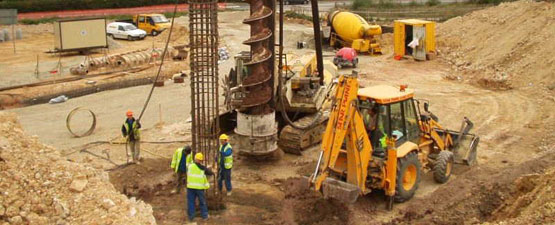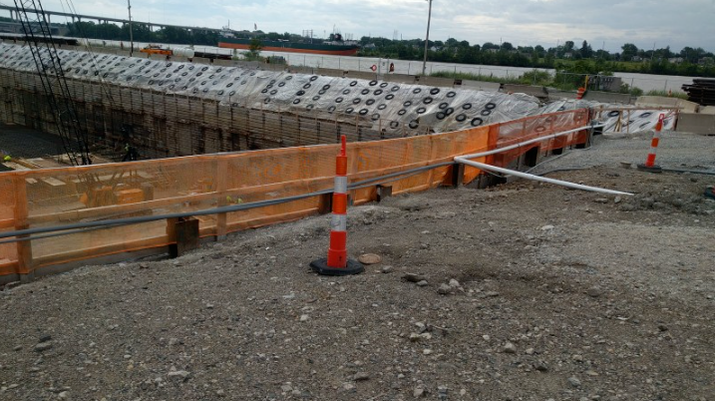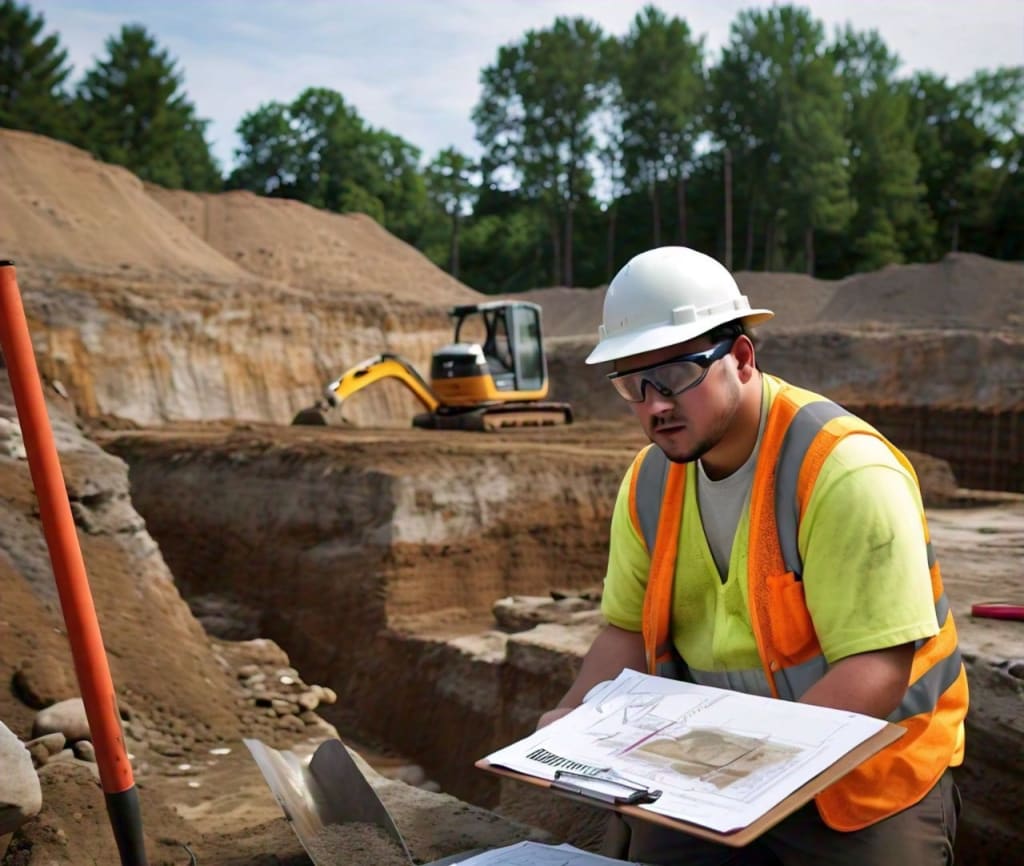How Consulting Engineers Enhance Geotechnical Design Projects: Insights Into Their Experience, Methodologies, and Collaborative Approaches
Consulting engineers are essential in enhancing geotechnical design projects, applying their specialized expertise to browse the complexities of subsurface conditions. Their collective approaches foster communication amongst varied project stakeholders, ultimately shaping the task's trajectory.
Function of Consulting Engineers
The experience of speaking with designers in geotechnical design is basic to the successful execution of building and construction projects. These professionals play an essential duty in assessing soil and rock residential properties, which are crucial aspects affecting layout and building and construction choices. By conducting thorough site investigations, seeking advice from designers gather crucial information that informs the design process, guaranteeing jobs are improved steady and appropriate ground.
Consulting engineers likewise supply vital understandings right into danger administration (geotechnical geologist). They determine prospective geotechnical hazards, such as landslides, soil liquefaction, and settlement problems, allowing stakeholders to execute effective mitigation approaches. Their proficiency help in maximizing structure styles, which can result in considerable cost financial savings and boosted security
Moreover, consulting engineers function as a vital web link in between project proprietors, designers, and service providers. Their capacity to equate complex geotechnical information right into actionable referrals cultivates partnership and helps with educated decision-making throughout the job lifecycle. This multidisciplinary method not just improves project efficiency yet likewise ensures conformity with regulatory criteria and best methods.
Key Methods in Geotechnical Engineering

One main technique is site investigation, which includes performing area examinations and research laboratory analyses to gather data on subsurface conditions. Methods such as Criterion Infiltration Screening (SPT) and Cone Penetration Testing (CPT) are extensively utilized to assess soil stratigraphy and stamina. In addition, geophysical approaches, consisting of seismic and electric resistivity surveys, supply non-invasive methods to analyze subsurface characteristics.
Another vital method is numerical modeling, which makes it possible for designers to simulate numerous circumstances and forecast just how soil-structure communications will certainly act under various loading problems. Limited Aspect Analysis (FEA) is a common approach employed in this context.
Furthermore, the style of foundations, maintaining structures, and earthworks counts greatly on these approaches - geotechnical geologist. By incorporating innovative analytical devices with area data, speaking with engineers can develop customized remedies that attend to particular project obstacles, inevitably adding to the security and safety of construction tasks
Relevance of Soil Analysis
Dirt evaluation works as a foundational aspect in geotechnical engineering, supplying crucial insights into the physical and chemical buildings of dirt necessary for reliable building preparation. Comprehending dirt qualities is critical for identifying its load-bearing ability, drainage behavior, and possibility for settlement or instability. In-depth dirt investigations, including tasting and laboratory screening, help determine criteria such as soil type, dampness content, density, and shear toughness.
These evaluations educate the selection of proper building and construction techniques and materials, inevitably influencing job security and long life. Natural dirts might require different foundation designs contrasted to granular soils, necessitating tailored engineering services. Moreover, dirt evaluation aids in identifying contaminants that might position dangers to human health and wellness or the setting, permitting for the development of mitigation techniques.
Including dirt evaluation into the onset of task growth aids to decrease unexpected challenges, making sure that designers can expect and deal with potential problems before they escalate. By developing a comprehensive understanding of the website problems, seeking advice from engineers can maximize layout performance and minimize costs, thereby boosting the general success of geotechnical engineering projects.
Collective Strategies in Jobs
Successful geotechnical tasks commonly hinge on collaborative methods that combine varied experience from different disciplines. Reliable partnership among speaking with designers, geologists, ecological scientists, and construction experts is essential for addressing intricate difficulties and maximizing job end results. By leveraging the special abilities and understanding of each employee, tasks can profit from an alternative understanding of the site conditions, governing demands, and engineering restrictions.
Normal communication and interdisciplinary conferences facilitate the sharing of insights and cultivate a society of teamwork. important site These collective initiatives enable the identification of possible risks early in the job lifecycle, enabling prompt reduction strategies. Additionally, incorporating feedback from stakeholders, consisting of neighborhood areas and regulative companies, makes certain that all perspectives are thought about, boosting task acceptance and conformity.
Furthermore, the assimilation of sophisticated technologies, such as Geographic Information Systems visit this web-site (GIS) and Building Information Modeling (BIM), further enhances collaboration. These tools permit the real-time sharing of data and visualization of geotechnical conditions, promoting informed decision-making. Ultimately, a collaborative approach not only improves job execution however also lays the foundation for innovative solutions to intricate geotechnical design difficulties.
Effect on Job Results

Consulting designers use innovative methods such as threat evaluation and anticipating modeling, which improve the accuracy of project projections. Their capacity to integrate ingenious technologies, like geotechnical instrumentation and information analytics, even more fine-tunes the design and construction processes. Because of this, tasks experience boosted effectiveness, reduced prices, and reduced hold-ups.
In addition, promoting reliable interaction and partnership among employee boosts analytic abilities. When challenges emerge, This Site an unified front enables for swift recognition of remedies, avoiding prospective setbacks. Inevitably, the collective efforts of speaking with engineers contribute to greater top quality results, making sure that projects fulfill both governing requirements and client expectations.
Verdict
